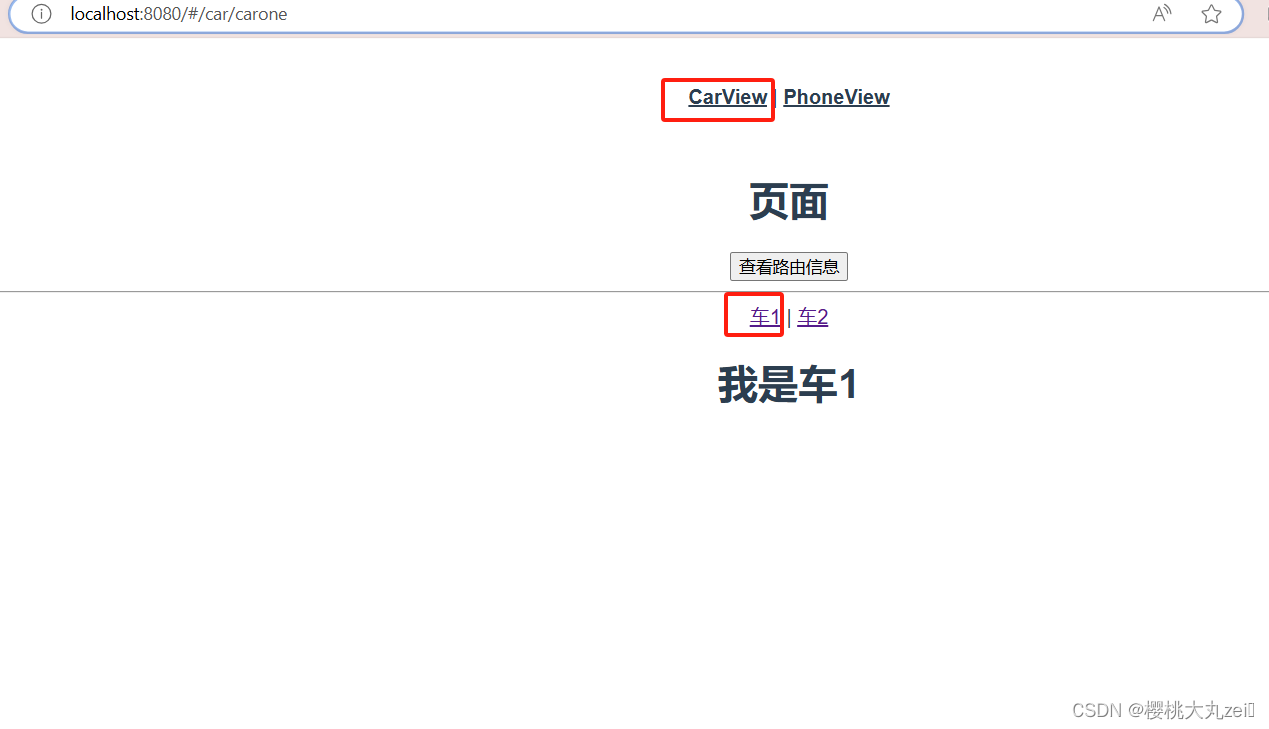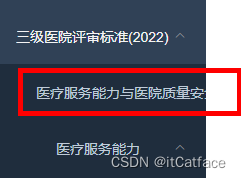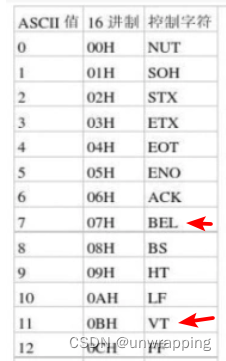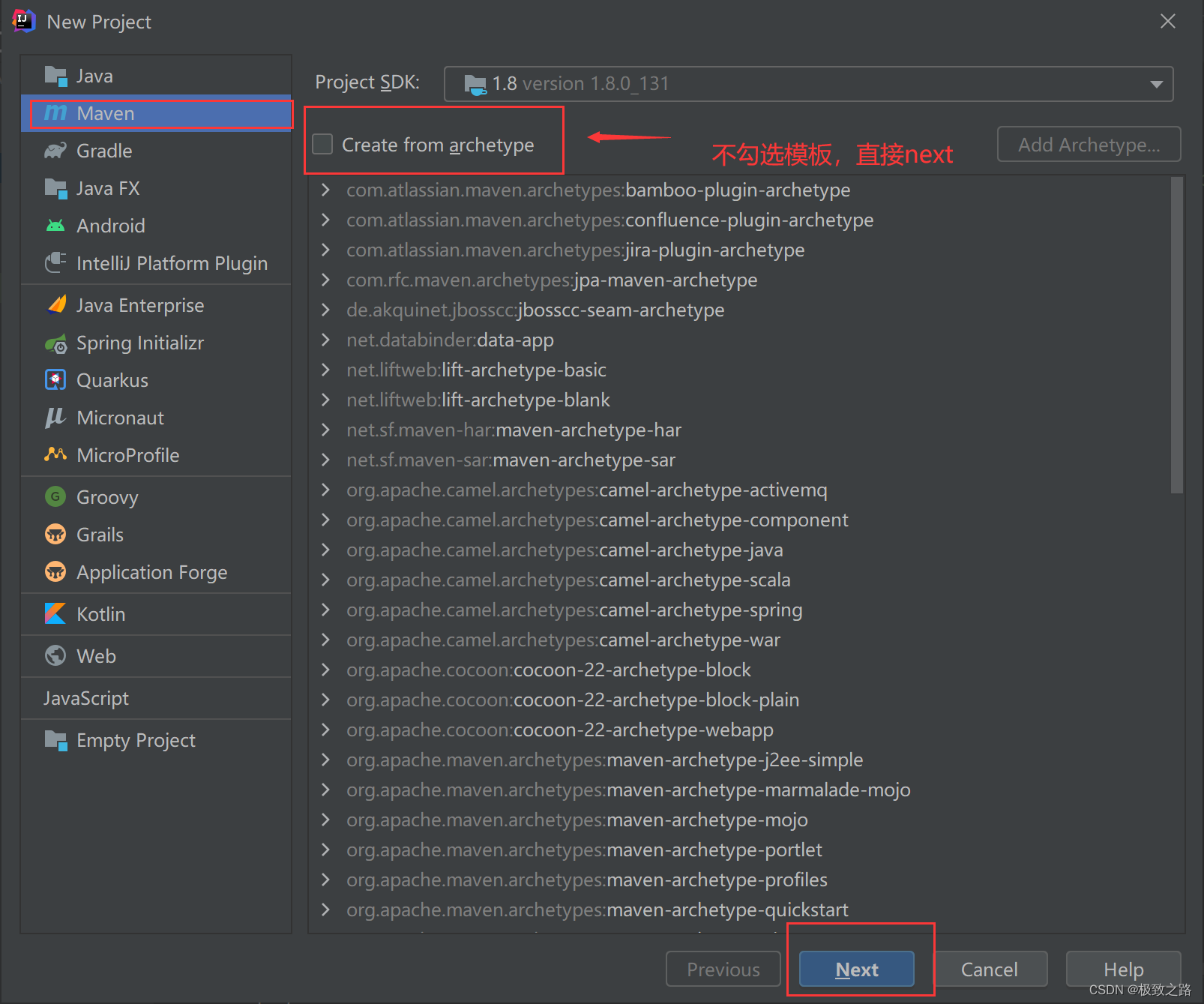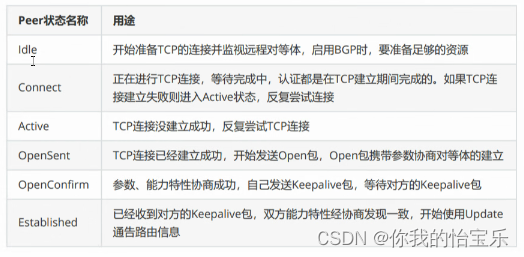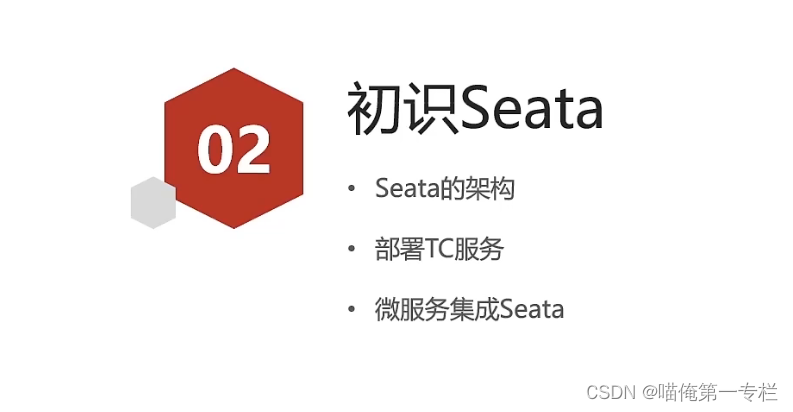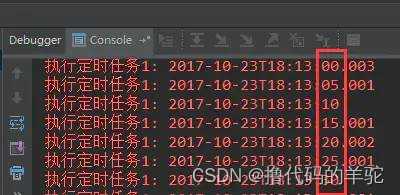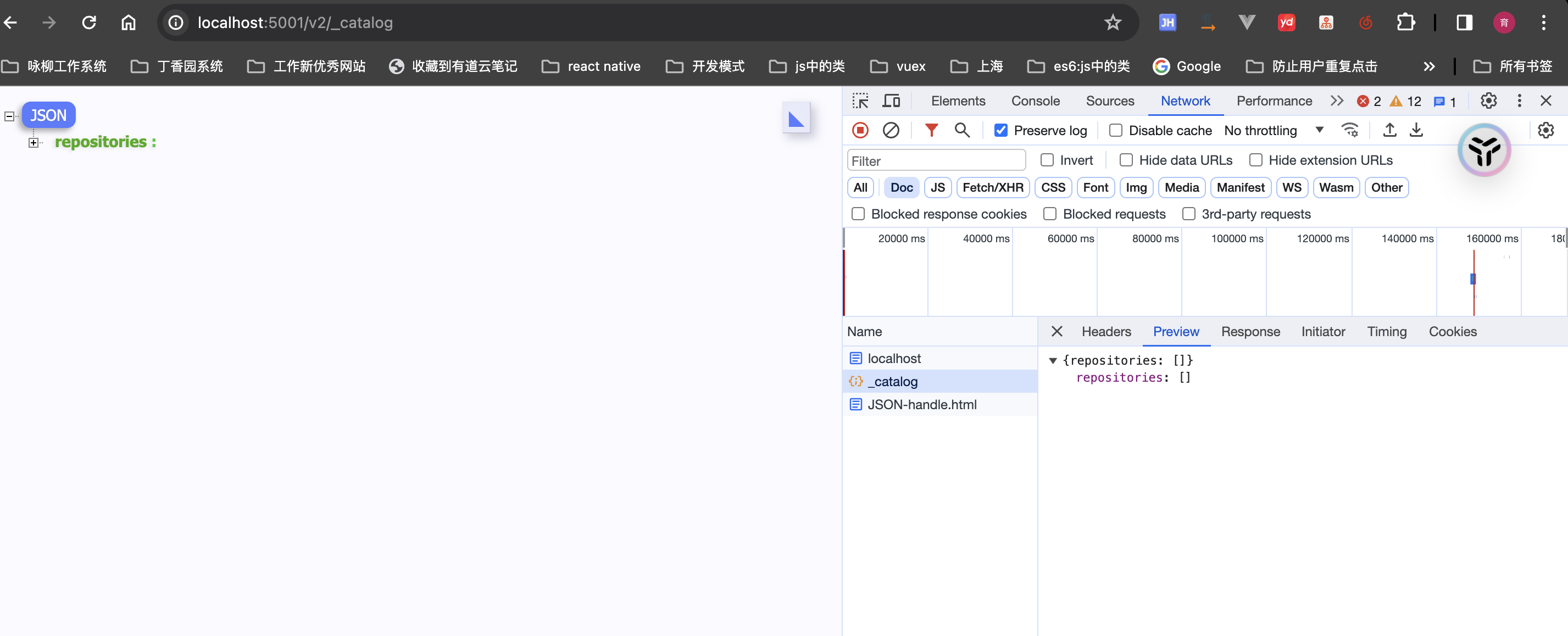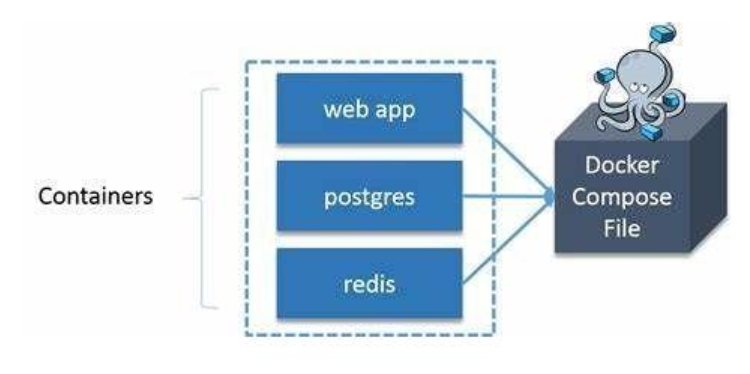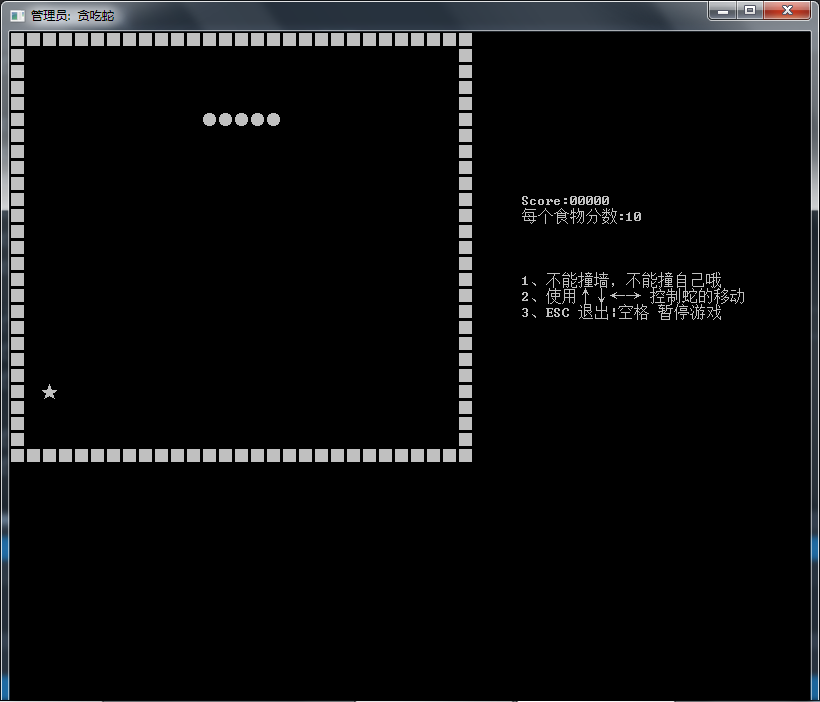一.简介
Vue Router是Vue.js官方的路由管理器。它和 Vue.js 的核⼼深度集成,让构建单⻚⾯应⽤变得简单
理解: 一个路由(route)就是一组映射关系(key - value),多个路由需要路由器(router)进行管理
前端路由:key是路径,value是组件
二.使用方法
1.安装vue-router,执行命令 npm i vue-router
2.在main.js中引用及使用vue-router
//引入Vue
import Vue from 'vue'
// 引入App
import App from './App.vue'
Vue.config.productionTip = false
//引入vue-router
import VueRouter from 'vue-router'
//引入路由器
import router from './router'
//应用插件
Vue.use(VueRouter)
//创建vm
new Vue({
el:'#app',
render: h => h(App),
router:router
})3.创建router.js文件编写router配置项
//该文件专门用于创建整个应用的路由器
import VueRouter from 'vue-router'
//引入组件
import About from '../components/About'
import Home from '../components/Home'
//创建并暴露一个路由器
export default new VueRouter({
routes:[
{
path:'/about',
component:About
},
{
path:'/home',
component:Home
},
]
})4.实现路由切换
<router-link active-class="active" to="/about">About</router-link>5.指定路由展示位置
<router-view></router-view>三.注意点
1.路由组件通常存放在pages文件夹,一般的组件通常存放在components文件夹
2.通过切换,”隐藏“了的路由组件,默认是被销毁掉的,需要的时候在去挂载
3.每个组件都有自己的$route属性,里面存储着自己的路由信息
4.整个应用只有一个router,可以通过组件的$router属性获取到
四.多级路由
1.使用children配置项配置子路由
import VueRouter from 'vue-router'
//引入组件
import About from '../pages/About'
import Home from '../pages/Home'
import News from '../pages/News'
import Message from '../pages/Message'
//创建并暴露一个路由器
export default new VueRouter({
routes:[
{
path:'/about',
component:About
},
{
path:'/home',
component:Home,
children:[
{
path:'news',
component:News
},
{
path:'message',
component:Message
}
]
}
]
})2.跳转(要写完整路径)
<router-lin to="/home/message">Message</router-link>五.命名路由
1.作用:简化路由的跳转
2.命名方法
import VueRouter from 'vue-router'
//引入组件
import About from '../pages/About'
import Home from '../pages/Home'
import News from '../pages/News'
import Message from '../pages/Message'
//创建并暴露一个路由器
export default new VueRouter({
routes:[
{
path:'/about',
component:About
},
{
path:'/home',
component:Home,
children:[
{
//命名路由
name:'news',
path:'news',
component:News
},
{
path:'message',
component:Message
}
]
}
]
})3.简化跳转
要链接到一个命名路由,可以给router-link的to属性传一个对象:
<router-link :to="{name:'news'}">News</router-link>六.路由的query参数
1.传递参数
<!-- 跳转路由并携带query参数, to的字符串写法 -->
<router-link :to="/home/message/detail?id=666&title=你好">你好</router-link>
<!-- 跳转路由并携带query参数, to的对象写法 -->
<router-link :to="{
path:'/home/message/detail',
query:{
id:001,
title:'你好'
}
}">2.接收参数
$route.query.id
$route.query.title七.路由的parmas参数
1.配置路由,声明接收params参数(以Detail组件为例)
{
path:'/home',
component:Home,
children:[
{
path:'news',
component:News
},
{
component:Message,
children:[
{
name:'xiangqing',
path:'detail/:id/:title', //使用占位符':'声明接收params参数
component:Detail
}
]
}
]
}
传递参数
<!-- 跳转并携带params参数,to的字符串写法 -->
<router-link :to="/home/message/detail/666/你好">跳转</router-link>
<!-- 跳转并携带params参数,to的对象写法 -->
<router-link
:to="{
name:'xiangqing',
params:{
id:666,
title:'你好'
}
}"
>跳转</router-link>
八.路由的props配置
作用:让路由组件更方便的收到参数
使用场景:路由组件读取参数时太麻烦
name:'xiangqing',
path:'detail',
component:Detail,
//props的第一种写法,值为对象,该对象中的所有key-value属性都会以props的形式传给Detail组件
// props:{a:1,b:'hello'}
//props的第二种写法,值为布尔值,若布尔值为真,就会把该路由组件收到的所有params参数,以props的形式传给Detail组件
// props:true
//props的第三种写法,值为函数,该函数返回的对象中每一组key-value都会通过props传给Detail组件
props($route){
return{
id:$route.query.id,
title:$route.query.title
}
}
//query解构赋值
// props({query:{id,title}}){
// return {id:id,title:title}
// }接收参数
<template>
<ul>
<li>消息编号: {
{id}}</li>
<li>消息标题: {
{title}}</li>
</ul>
</template>



